Lifts and elevators are such an intrinsic part of global public and private infrastructure that it’s easy to forget that they are, at their core, complex pieces of engineering that come from decades of human innovation. This means that, when you are looking to get a lift installed, there is a considerable amount of technical terminology you are likely to come across which may not be immediately understandable.
At Goldenhome Lifts, it’s our goal to ensure that our clients have simple, stress-free access to the highest quality home and commercial lifts available. So, if you’re thinking of getting a lift installed, and you’re in the process of doing your research, below is a glossary of terms that you may come across in your search, and what they mean in relation to elevators and lifts.
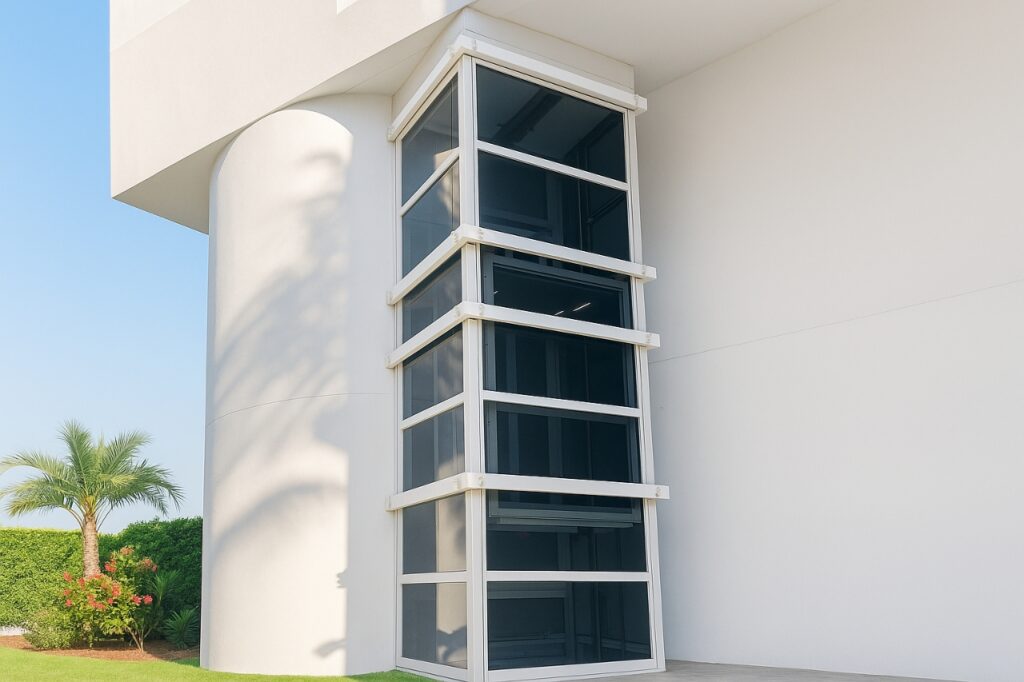
Lift Components
- Access Device: The access device is a specialised tool used to disengage landing door locks from the landing side of the lift hoistway for safe maintenance access. They are an essential part of lift maintenance and will be seen on any professionally installed lift.
- Access Door: Doors providing entry to machine rooms and overhead machine spaces, kept locked for safety. More specifically, it’s a door providing access to the elevator’s machine room or overhead machine spaces for maintenance and safety, often a locked, fire-rated access door.
- Brake: An electromechanical device that prevents the lift from moving when at rest with no power to the hoist motor, and in some systems, stops the lift when power is cut. It’s an essential safety device that uses friction to stop, hold, or slow a moving elevator car, preventing falls and unintended movement.
- Brushes: Conductive devices, typically carbon or graphite, connecting a circuit to the rotating part (commutator) of a DC motor or generator. These brushes are specifically designed to wear down in place of more expensive parts like the commutator or slip rings. So, you have elevator motor brushes to thank for keeping your lift functional for longer.
- Buffer: The buffer is a device that functions by stopping the lift from descending beyond its normal travel limit. This is achieved by absorbing and dissipating the lift car’s kinetic energy.
- Car (or Cab): The lift car transports passengers between floors, available pre-finished or unfinished for custom design. In other words, when you think of a traditional commercial or residential lift, you’re generally thinking of the cab itself as the transporting component.
- Car Frame: The supporting structure for the lift platform, superstructure, guide shoes, safety gear, and hoisting ropes or hydraulic ram.
- Compensating Chain: A welded-link chain balancing the lift’s weight, attached beneath the lift and to the counterweight.
- Counterweight: A weight added to a traction lift to balance the car’s load.
- Counterweight Guard: A sheet metal screen preventing anyone from standing under the counterweight as it descends into the pit.
- Gate: A door on the lift or dumbwaiter car’s outer edge, preventing objects inside from contacting external objects during travel (e.g., accordion for lifts, bi-part or roll-top for dumbwaiters).
- Guide Rails: Steel, T-shaped sections with machined surfaces, installed vertically in the hoistway (the vertical, enclosed space within a building through which an elevator car travels between floors, as described below) to guide the lift car and counterweight.
- Guide Shoes: Devices between the car or counterweight and guide rails, minimising lateral movement during travel.
- Hoistway: Finally we get to the word that shaft through which the lift travels.
- Hoistway Door: The door providing access to the lift, seperating the elevator shaft from the floor landing.
- Hoisting Ropes: Multiple ropes (four to six) of steel or fibre cores with wire strands, used to lift the car based on speed, load, and floors served.
- Jack: A hydraulic component that lifts or lowers the lift car.
- Machine Beams: Horizontal steel beams supporting the hoist machine, car, and counterweight, not part of the building’s structure.
- Pit: The area below the lift car providing clearance for support components, aligning the car floor with the lowest landing.
- Rail: Structural members fixed to hoistway walls to guide the lift car and counterweight.
- Sheave: A grooved wheel for hoisting ropes to pass over, mounted on bearings.
- Sling: An L-shaped steel support holding the lift car, attached to the rail system.
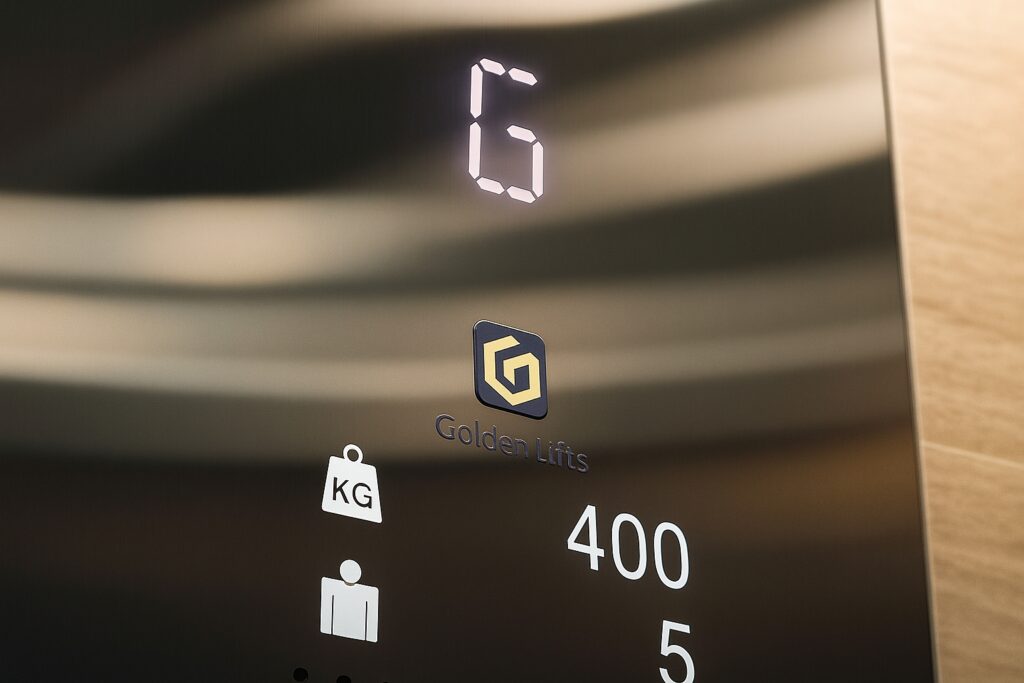
Control and Operation Systems
- Automatic Operation: The lift starts when a button is pressed at the landing or in the car, stopping automatically at the selected floor with doors opening.
- Car Operating Panel (COP): A panel inside the lift with controls like floor buttons, alarm, emergency stop, and key switches.
- Car Station: A panel in the lift with operating controls (e.g., floor buttons, door open/close, alarm). If two panels exist, one is the main, the other auxiliary.
- Car-Top Inspection Station: A control panel on top of the lift car, taking it out of normal service for inspection-speed operation from the car top.
- Controller: An electrical panel managing the lift’s computer functions and operations.
- Duplex Operation: A system where two lifts share common landing buttons and a single control system.
- Independent Service: A key-operated mode bypassing landing calls and deactivating hall lanterns for exclusive car panel operation.
- Operation – Constant Pressure: The lift moves only while a button is pressed, stopping when released, allowing mid-travel stops or direction changes.
- Operation – Momentary Pressure or Full Automatic: Accepts one call at a time, remembers it, and dispatches the lift accordingly.
- Operation – Selective Collective: Standard passenger lift operation, stopping at each requested floor in ascending or descending order.
- Operation – Single Automatic: One button per landing, performing one function at a time, waiting for the next command after reaching a floor.
- Parking: A feature returning the lift to a preselected landing after completing all calls.
- Simplex Operation: A control system involving only one lift car.
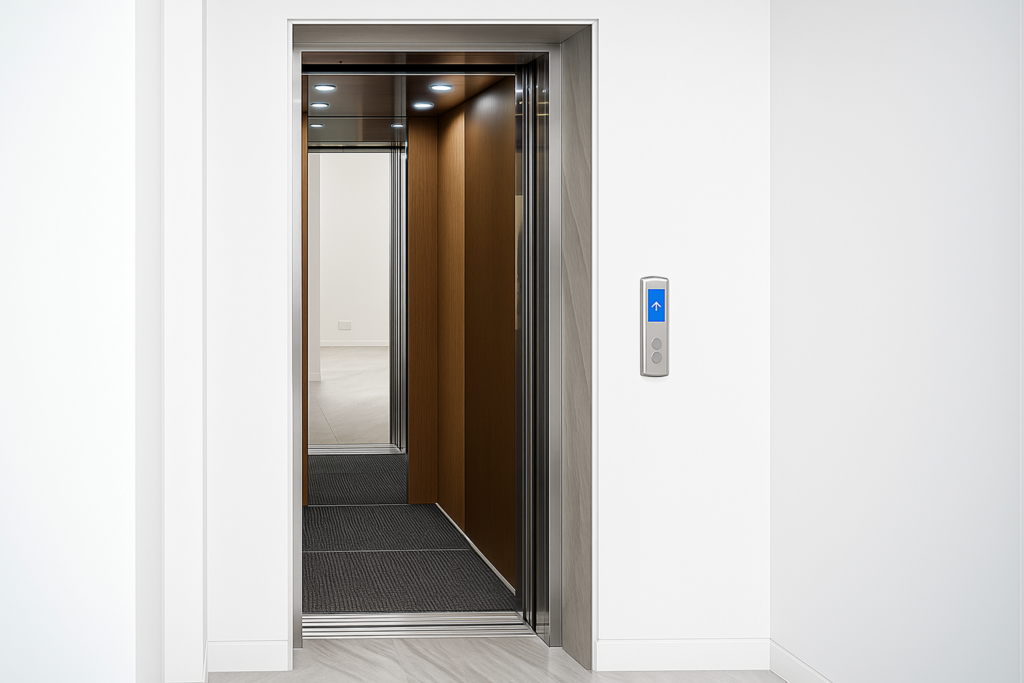
Safety Systems
- Alarm Bell: Mounted on the lift car, activated by a push button on the car operating panel to alert others in an emergency.
- Battery Backup: An emergency power source lowering the lift to the next lower floor during a power outage.
- Electromechanical Interlock (EMI): A safety lock preventing the hoistway door from opening unless the lift is at that landing.
- Final Limit: Switches at the hoistway’s top and bottom, cutting power if the lift travels too far past a terminal landing.
- Gate Switch: A safety switch triggered by the lift door when fully closed, part of the car’s safety system.
- Governor: A mechanical device monitoring downward speed via a rope, triggering safeties if the lift moves too fast.
- Interlock: A physical lock for hoistway doors providing an electrical signal to allow lift operation.
- Overtravel Limit Switch: As the name suggests, the overtravel limit switch stops the lift if it moves beyond the direction limit, requiring a technician to reset.
- Safety Circuit: Once again, another with a very telling name, the safety circuit is a circuit with switches (e.g., final limits, emergency stop, door locks) stopping the lift if a hazard is detected.
- Safety Edges: An aluminium bar on the lift door’s leading edge, with switches that stop and reverse closing doors if an obstruction is detected.
- Seismic Switch: The Seismic Switch on an elevator disables the lift during an earthquake to prevent unsafe operation.
- Slack Rope Switch: Stops the lift if slack is detected in hoisting ropes, opening the safety circuit.
- Service Disconnect: The main power switch for the lift, located near the controller in the machine room.
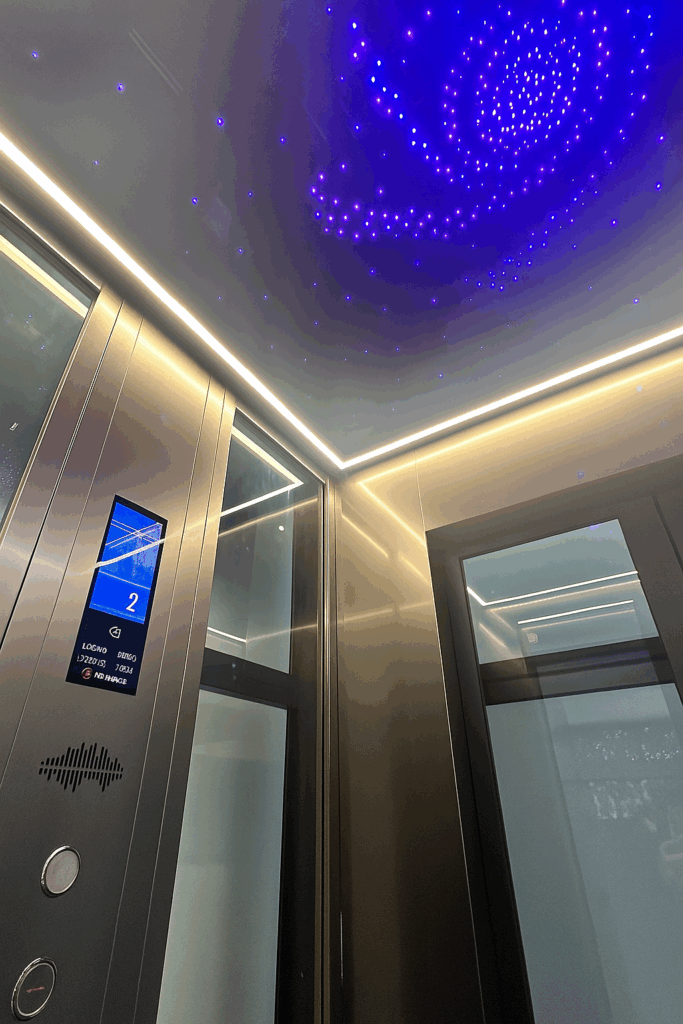
User Interface
- Call: A request for lift service made via the car operating panel or landing push button.
- Call Button: This is the button in the hallway summoning the lift to your floor.
- Car Position Indicator: A display inside the lift showing the current floor, usually above the door jamb as illuminated numbers or a digital screen.
- Hall Chime: An electronic tone generator and speaker in the hall lantern, emitting a dual tone (once for up, twice for down) to signal the lift’s arrival.
- Hall Lantern: An illuminated sign at each landing, typically an arrow, showing the lift’s approach and direction.
- Hall Station: A panel outside the lift door in the hallway, housing the call button.
- Muntz: A bronze-tone finish on hall stations and the car operating panel.
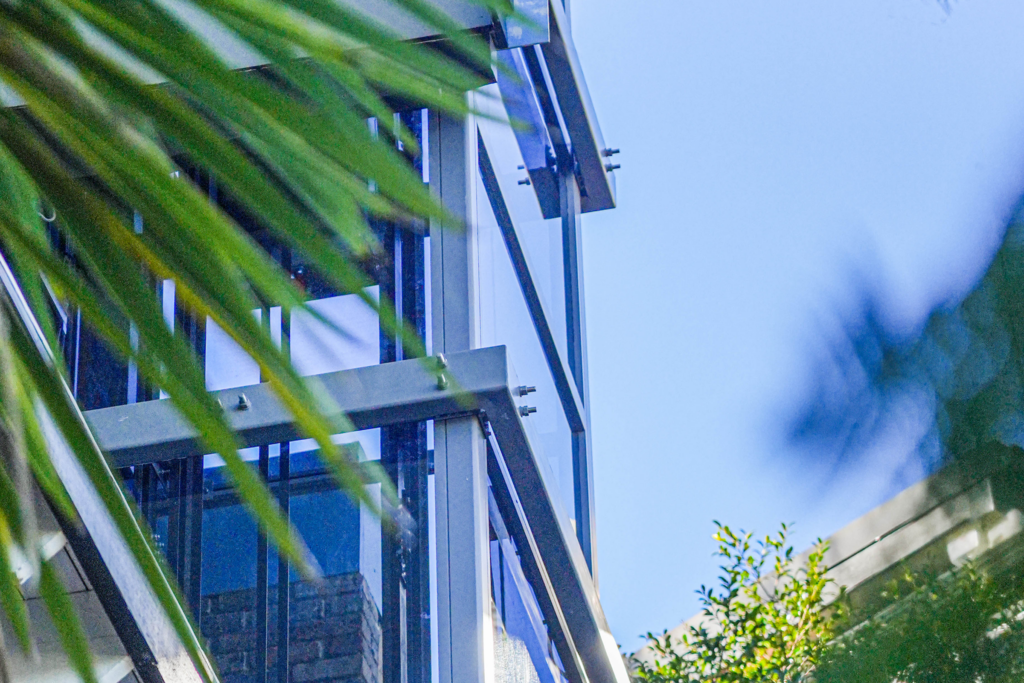
Drive Systems
- Drive System: The power source lifting the lift car and passengers.
- Geared Traction Machine: A traction hoist machine transmitting motor power to the drive sheave via a reduction gearbox.
- Gearless Traction Machine: A traction hoist machine where the motor directly drives the traction sheave, integrated with the motor armature.
- Generator: An electromechanical device converting mechanical energy to electrical energy (usually DC) for speed control of a DC hoist motor.
- Hydraulic Lift: A lift moved by fluid under pressure acting on a piston.
- Hydraulic (Roped): A drive system using a hydraulic jack and wire rope to raise and lower the lift car.
- Overhead Machine: The power unit raising and lowering the lift.
- Traction: A method where the lift is pulled up by cables, using friction between hoist ropes and the drive sheave.
- Traction Drive: An electric machine using friction between hoist ropes and the sheave to move the lift.
- Underslung Car: A roping method with hoist ropes passing under sheaves beneath the lift car, often used in buildings with limited height.
- Winding Drum Lift: A drive system using wire ropes wound onto a rotating drum.
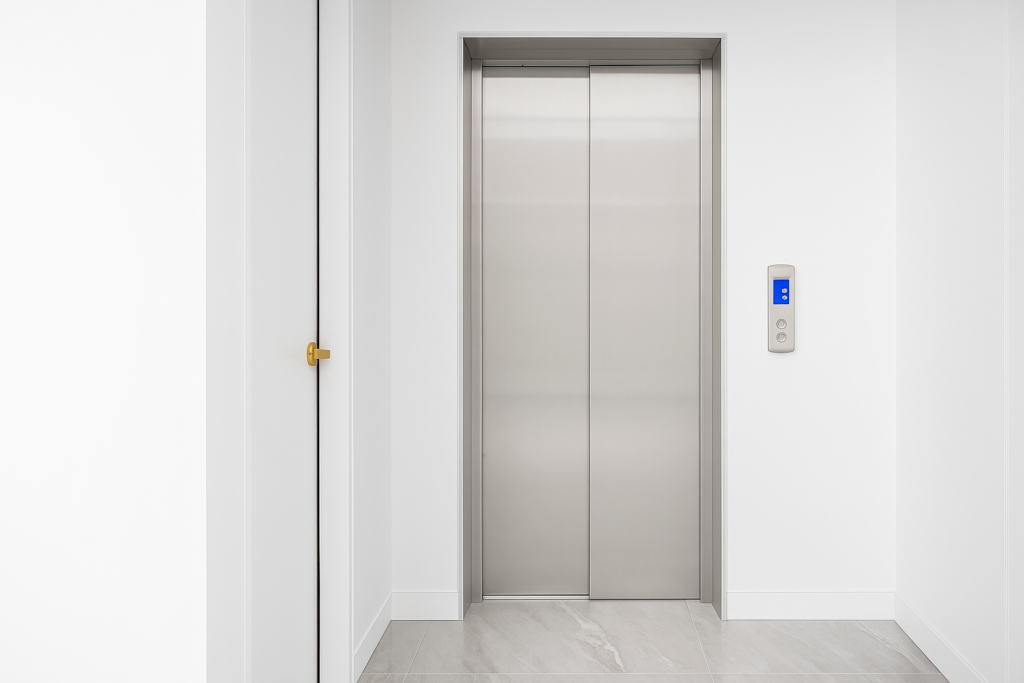
Miscellaneous
Rated Speed: The lift’s upward speed with the rated load, measured in metres per minute.
Capacity: The maximum weight (in kilograms) the lift can safely carry.
Dumbwaiter: A small, self-contained lift moving vertically to carry loads (e.g., groceries, laundry) from 23 kg to 227 kg.
Escutcheon: A hole near the top of the hoistway door for access or inspection.
Existing Installation: Refers to an existing lift, often used when planning replacement.
FPM (Metres Per Minute): The lift’s travel speed, converted to metres per minute for Australian use.
Freight Lift: A lift designed to carry materials and machinery rather than passengers.
Isolation Pads: Rubber pads between machine beams and the building structure to reduce noise and vibration.
Landing: Each floor where the lift stops and opens.
Landing Zone: The area extending 45 cm above and below a lift landing.
Layout Drawing: A scaled drawing showing plan views and elevations of the hoistway and machine room, detailing dimensions and component locations.
Levelling: The automatic alignment of the lift car with the landing sill within the levelling zone.
Levelling Zone: The limited distance (45 cm above or below) where the levelling device moves the lift toward the landing.
Load: The weight capacity (in kilograms) the lift is designed to handle safely.
Machine Room: The room housing the lift’s power machinery.
Machine Room-less: A setup with the hoist machine on top of the rail in the hoistway and the control box nearby, eliminating a separate room.
Nudging: A system for automatic doors that sounds a warning and closes doors at reduced speed if they remain open too long.
Power Door Operator: A motor-driven device on the lift car opening and closing the car and landing doors.
Rated Load: The maximum weight the lift is designed to carry safely at its rated speed.